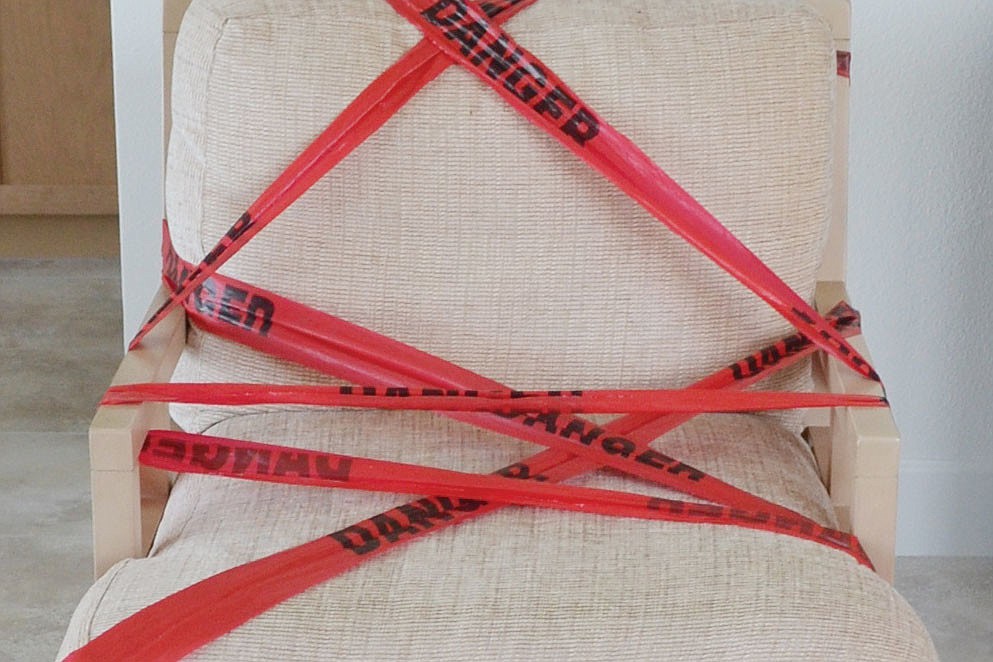- April 16, 2024
-
-
Loading

Loading

From time to time, this column reports items from the fitness trade journals that I read. And, as most of you know, I soldier in the war against a sedentary lifestyle and have written many times that being a couch potato is as big a health risk as smoking and, my current favorite, “sedentary is the new smoking.”
It did not surprise me, then, that a recent survey of fitness news was dominated by yet more evidence that almost anything is better for you than sitting. Some examples:
If you must sit, fidget
A recent study published in Medicine & Science in Sports & Exercise says that even minor bouts of physical activity can improve cardiorespiratory fitness. Researchers from Queen’s University, Kingston, Ontario, investigated whether incidental physical activity was associated with cardiorespiratory fitness.
It monitored 135 abdominally obese men and women over seven days. Not surprisingly, the subjects who racked up more time and intensity on a daily basis were positively associated with cardiorespiratory fitness. What this means is that exercise outside of a formal workout does count — things such as parking as far away from your destination as possible and walking at least some of the stairs to your condo … even wiggling in your chair.
Every little bit helps
Short bouts of exercise are associated with longer life. According to a study published in The Lancet, even minimally active people exhibit more positive health outcomes compared to completely inactive ones. This was a long-term study of 400,000-plus men and women in Taiwan between 1996 and 2008.
The individuals were categorized based on self-reported physical activity levels. Compared with individuals in the inactive group, those in the low-volume activity group (an average of 92 minutes per week or about 15 minutes per day) had a 14% reduced risk of all-cause mortality and a three-year longer life expectancy. The benefits increased 4% for every additional 15 minutes of weekly activity and applied to both genders and those at risk of cardiovascular disease.
‘Sitting still kills’
Hot off the presses in the Archives of Internal Medicine, a comparison of more than 200,000 Australian adults age 45 with mortality data from the New South Wales Registry of Births, Deaths and Marriages from 2006 through 2010. It indicated parallels between daily sitting time and premature mortality, with those logging 11 or more hours having the greatest risk of early death.
The finding: “The association between sitting and all-cause mortality appeared consistent across the sexes, age groups, body mass index categories and physical activity levels and across healthy participants compared with participants with pre-existing cardiovascular disease or diabetes mellitus.”
What to do instead … The same research review had some interesting findings about healthy ways to be active.
Walk faster to live longer
Data published in the British Medical Journal indicates that men age 70 and older, who regularly walk at a faster pace, are likely to live longer. Research tracked 1,705 men who provided data for an average of 60 months. By the end of the study, 266 of the participants had died. Their average walking speed was around 2 miles per hour. Subjects averaging 3 miles per hour had not yet died at the conclusion of the study.
The authors said, “This supports our hypothesis that faster speeds are protective against mortality.” Note that this study’s “faster speed” is not fast — it’s a 20-minute mile, a pace attainable by most older adults can achieve with moderate conditioning.
Sitting, no — sleeping, yes
Much research associates inadequate sleep with a host of medical problems and degraded quality of life and now a report in the Journal of Mental Health and Physical Activity suggests that regular exercise is associated with better quality sleep. It indicates that those who engaged in at least 150 minutes of physical activity weekly enjoyed 65% better sleep quality; they also tended to fall asleep faster and be less sleepy during the day.
Everybody in the pool
Swimming can lower blood pressure in older adults. This finding is from a study in The American Journal of Cardiology. Subjects were 43 adults with pre- or stage 1 hypertension separated into a swim group and a gentle relaxation exercise group for 12 weeks.
“Body mass, adiposity and plasma concentrations of glucose and cholesterol did not change in either group,” the authors conceded. But, they also found decreases in systolic blood-pressure measurements and concluded, “Swimming exercise elicits hypotensive effects and improvements in vascular function in previously sedentary older adults.”
Molly Schechter is an ACE-certified personal trainer with a specialty in older adult fitness plus YogaFit Instructor Training, SCF Yoga Fundamentals and Power Pilates™ Mat Certifications. She teaches classes at the Bayfront Park Recreation Center and the Longboat Key Club. Email her at [email protected].